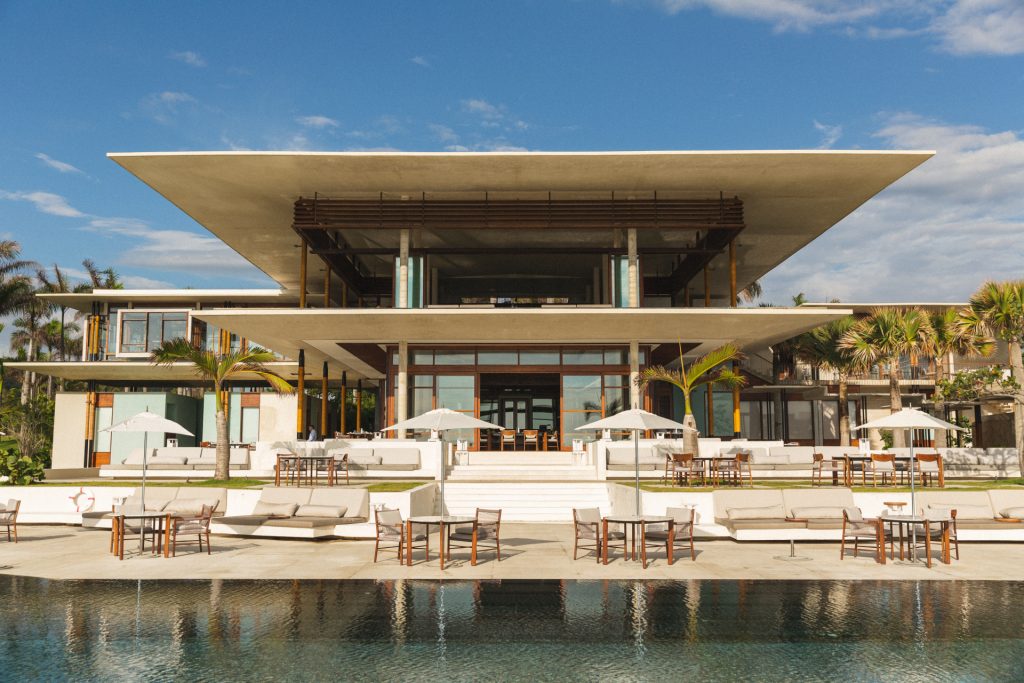
By Kathryn Romeyn | October 9, 2018
With an estimated $4 million budget, Amanpuri opened in 1988 on the Thai island of Phuket, designed by Ed Tuttle well before the time of iPhones, Instagram, and even the Internet. By way of contrast, the fourth through 30th floors of the Crown Building in Manhattan, the site of the forthcoming Aman New York, were purchased for $500 million in 2015, with a planned penthouse residence to be sold for more than $100 million.
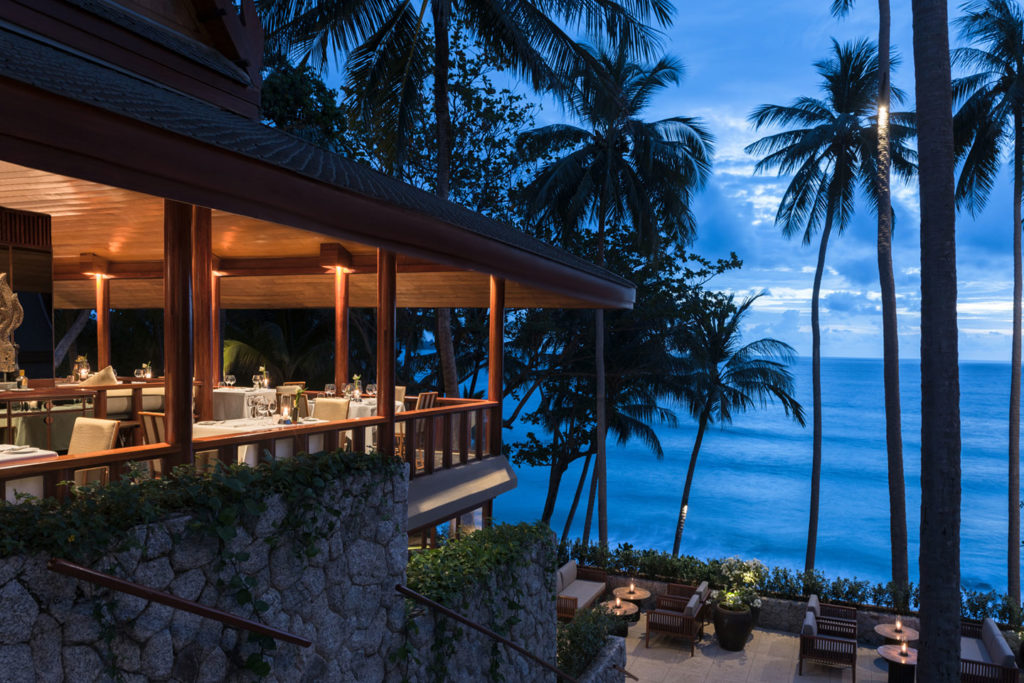
The name means “peace” in Sanskrit, and would be the principle embodied by each subsequent reveal from Vietnam to Montenegro and Indonesia to Turks & Caicos.
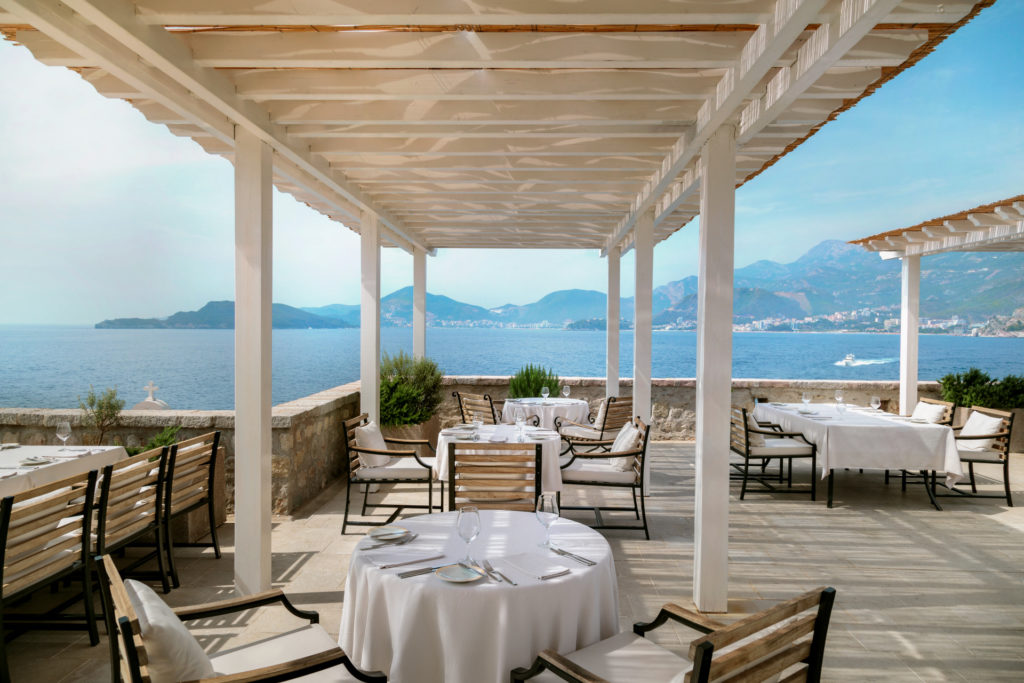
Though the intention of Aman was never to change the hospitality industry—or to be the biggest or the best— COO Roland Fasel says it has organically grown around the idea of creating the most incredible possible guest experience through destinations that grow authentically out of their environments and allow the landscape to take center stage. “It is this element of our design ethos and respect for nature that has allowed us to set the benchmark in the industry for providing buildings of architectural distinction,” he says. Along with a legacy of pleasing, minimalist silhouettes and beautiful landscaping, the brand is known as intimate, intuitive, and discreet, with rigorous attention to detail.
“I think the Aman look is balanced, aesthetically peaceful, pleasant, understated, and dramatic, even though it’s understated—a succession of drama and intimacy,” says Gathy, who plays around the concept of symmetry, which he says is proven in studies to be preferred by the human brain. Also important aesthetically for Aman: blending into the environment – and keeping properties low-density – to optimize peacefulness. Whether landing in Bhutan, Italy, or the Philippines, this is something, he says, that is “fundamentally anchored into your intellectual reflex.”
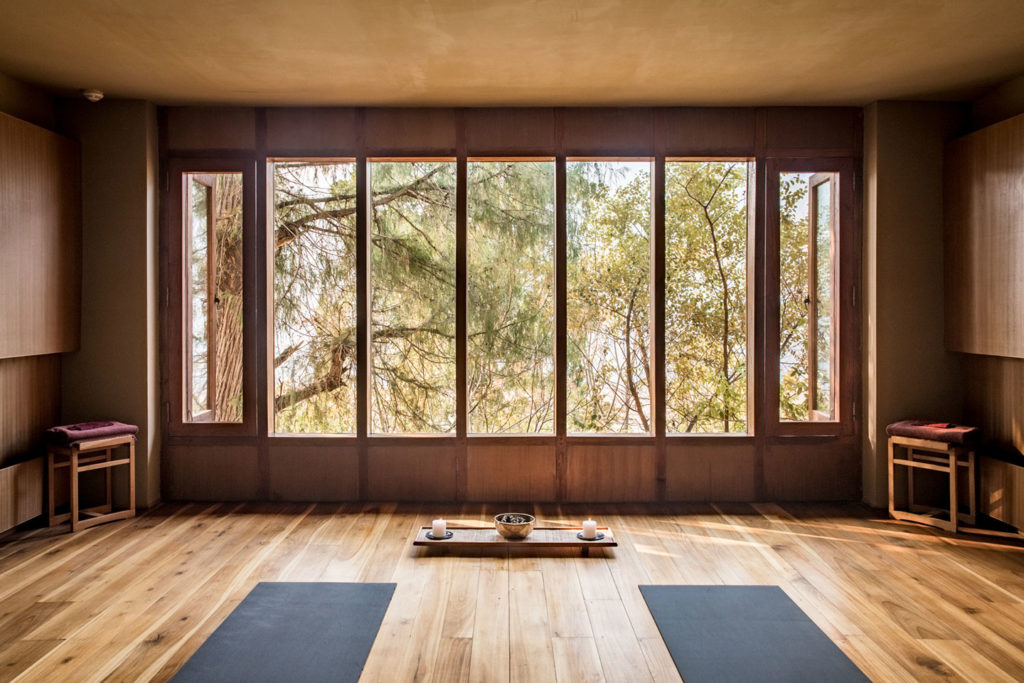
Gathy believes Aman has been most influential in creating a market for a product marrying aesthetics and lifestyle, which has given rise to many copycats attempting this principle. His other clients ask for “something with the same balance, values as Aman, but obviously we are never asked to copy.”
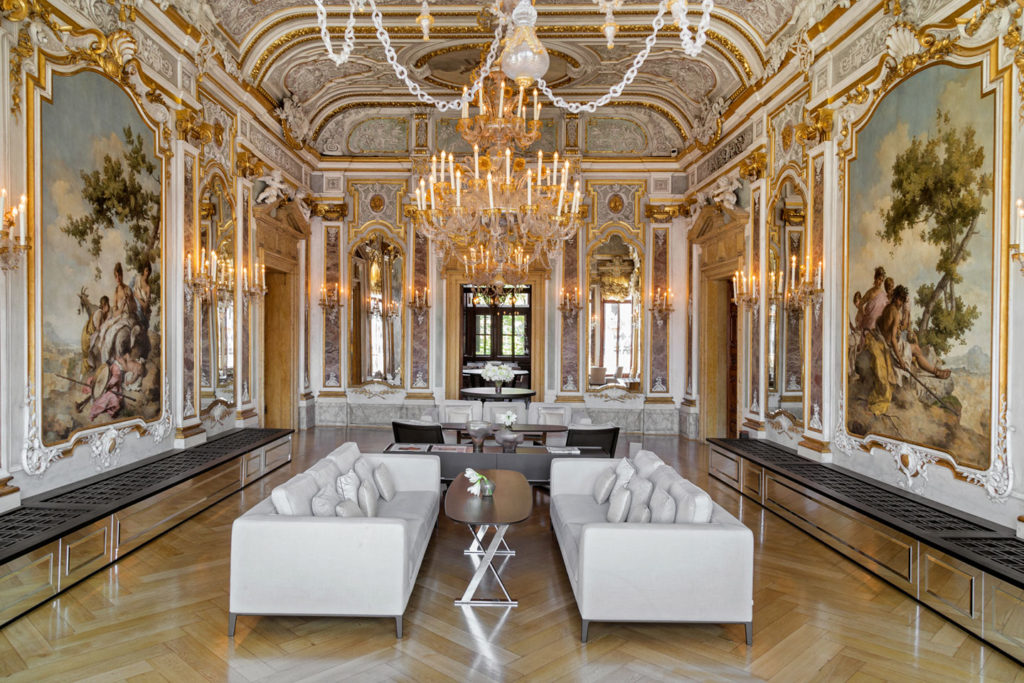
While a significant portion of Amans are built from the ground up, several boast structures with fascinating histories, including the former royal retreat built in Cambodia’s Golden Age that’s now Siem Reap’s Amansara; the 16th-century palazzo that became Aman Venice, in Italy; and Amanyangyun, the brand’s latest opening, in early 2018. The 26 antique dwellings in China’s fourth Aman resort traveled more than 400 miles, “the result of a staggeringly ambitious 15-year conservation initiative, which saw nothing less than the relocation of a forest and the reconstruction of an historic village,” says Fasel. Architects Kerry Hill seamlessly integrated contemporary comfort into the more-than-400-year-old fabric of the ancient buildings, which still bear the legacy of their former owners in the form of ornate stone carvings and inscriptions depicting family histories.
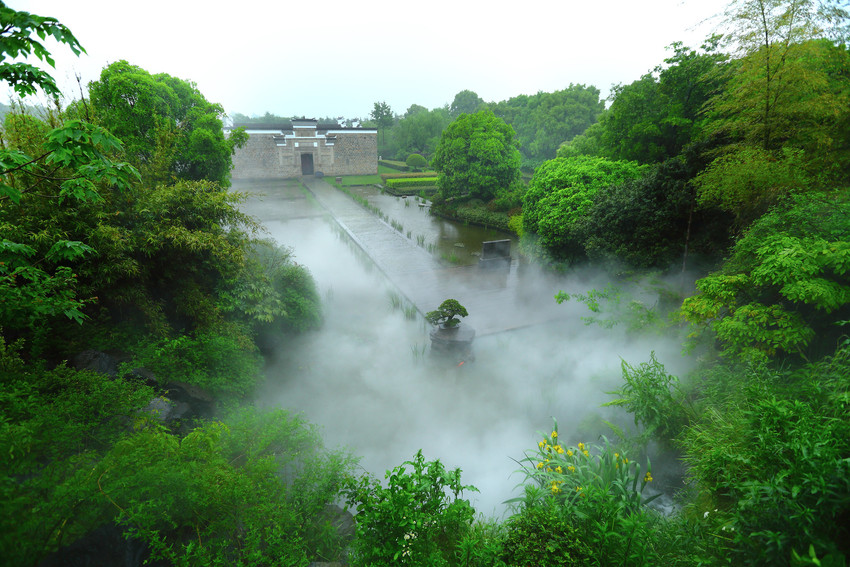
Since purchasing the brand in 2014, CEO Vladislav Doronin is focused on the future. That same year marked the first city hotel, in Tokyo, “with its ability to immediately transport guests away from the frenetic pace of the city to the tranquil experience of being ensconced in an Aman,” says Fasel. It was an important harbinger of things to come; Doronin’s vision is to go from horizontal to vertical – urbanizing the resort model that has been so successful.
While the brand began in the East, forthcoming expansion will focus more on the Western Hemisphere. Other new locations will be close to existing properties, allowing travelers to more easily have an exclusively Aman-hosted experience. The company signed 11 new hotels and resorts in 2016 alone. Upcoming locations, according to Fasel, include Amanvari on the East Cape of Baja California, Southeast Asia, the U.S., Europe, and more in Japan. Unsurprisingly each new Aman has a residential component. “There is a pilgrimage mentality with many customers.” Says Fasel, “Staying with Aman is akin to being a guest at the incredible private home of a wonderful friend. It’s a state of uncomplicated serenity.”
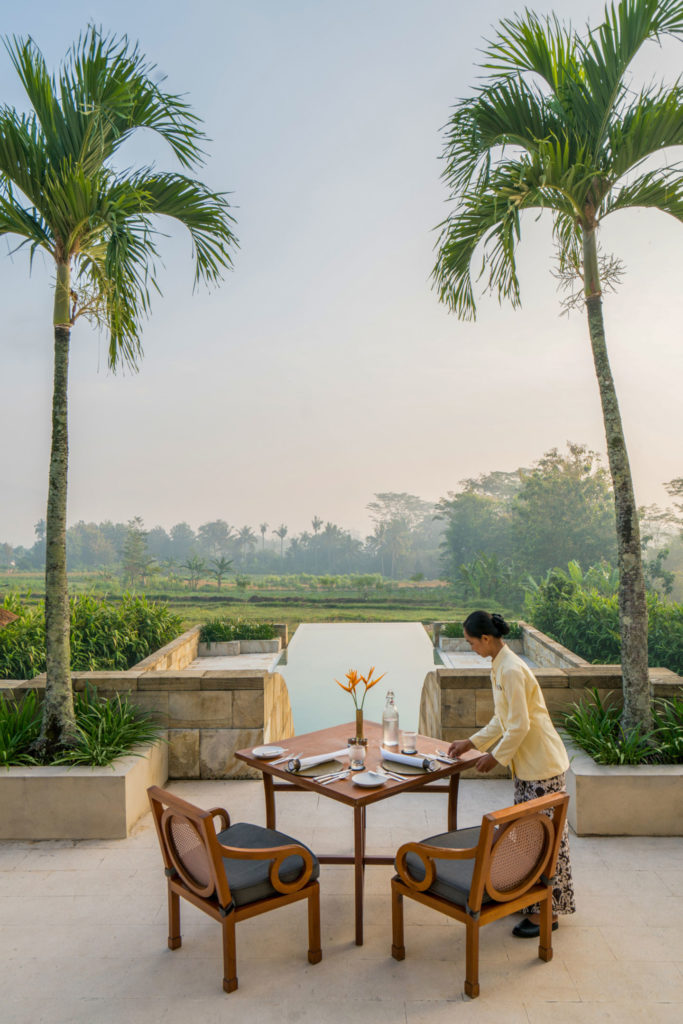
Read the full article here: https://www.architecturaldigest.com/story/aman-resorts-30th-anniversary